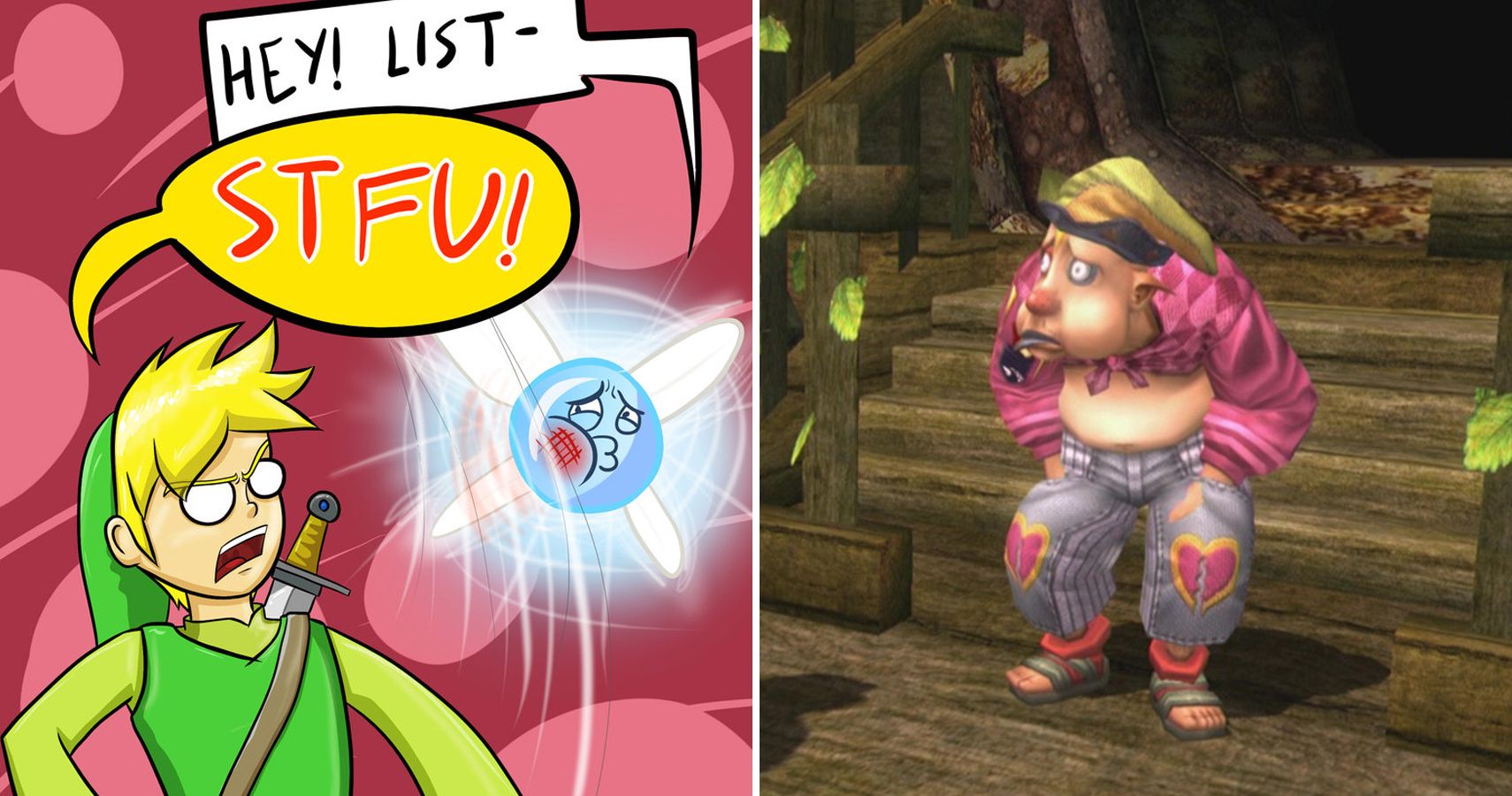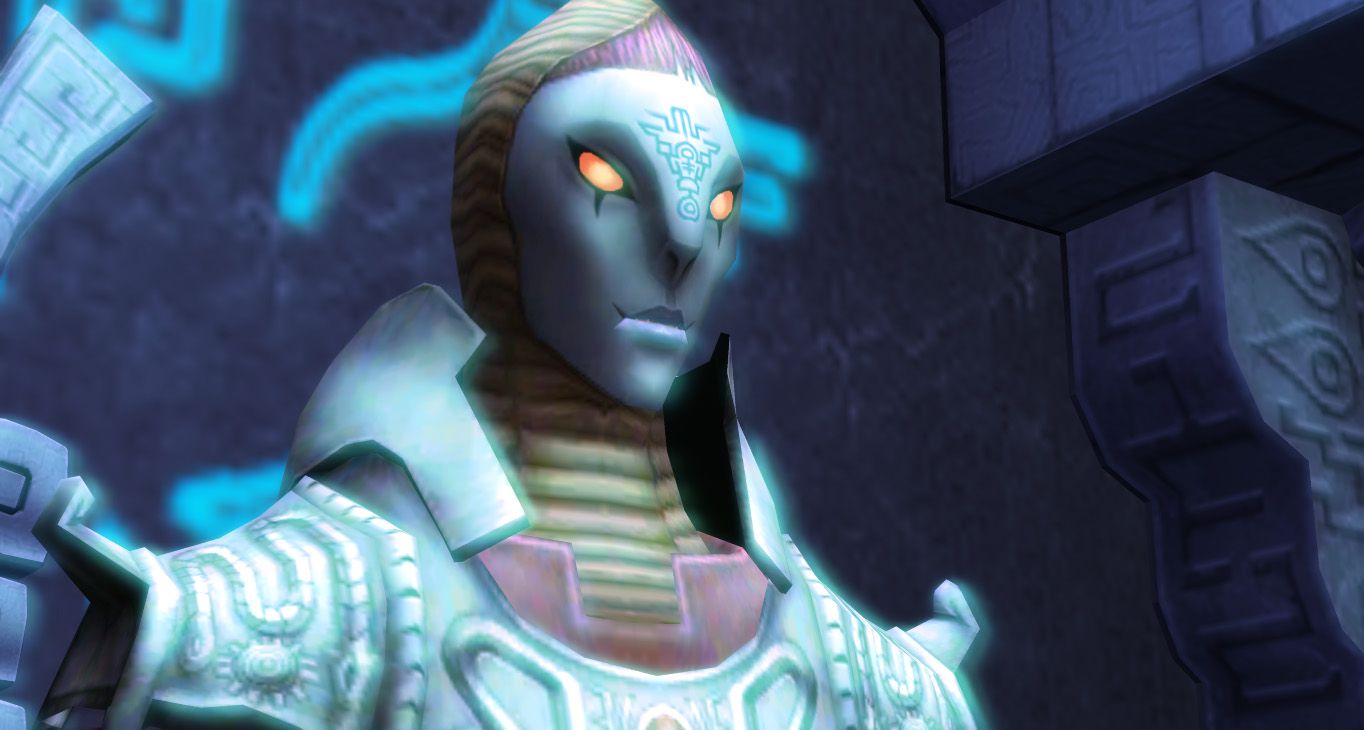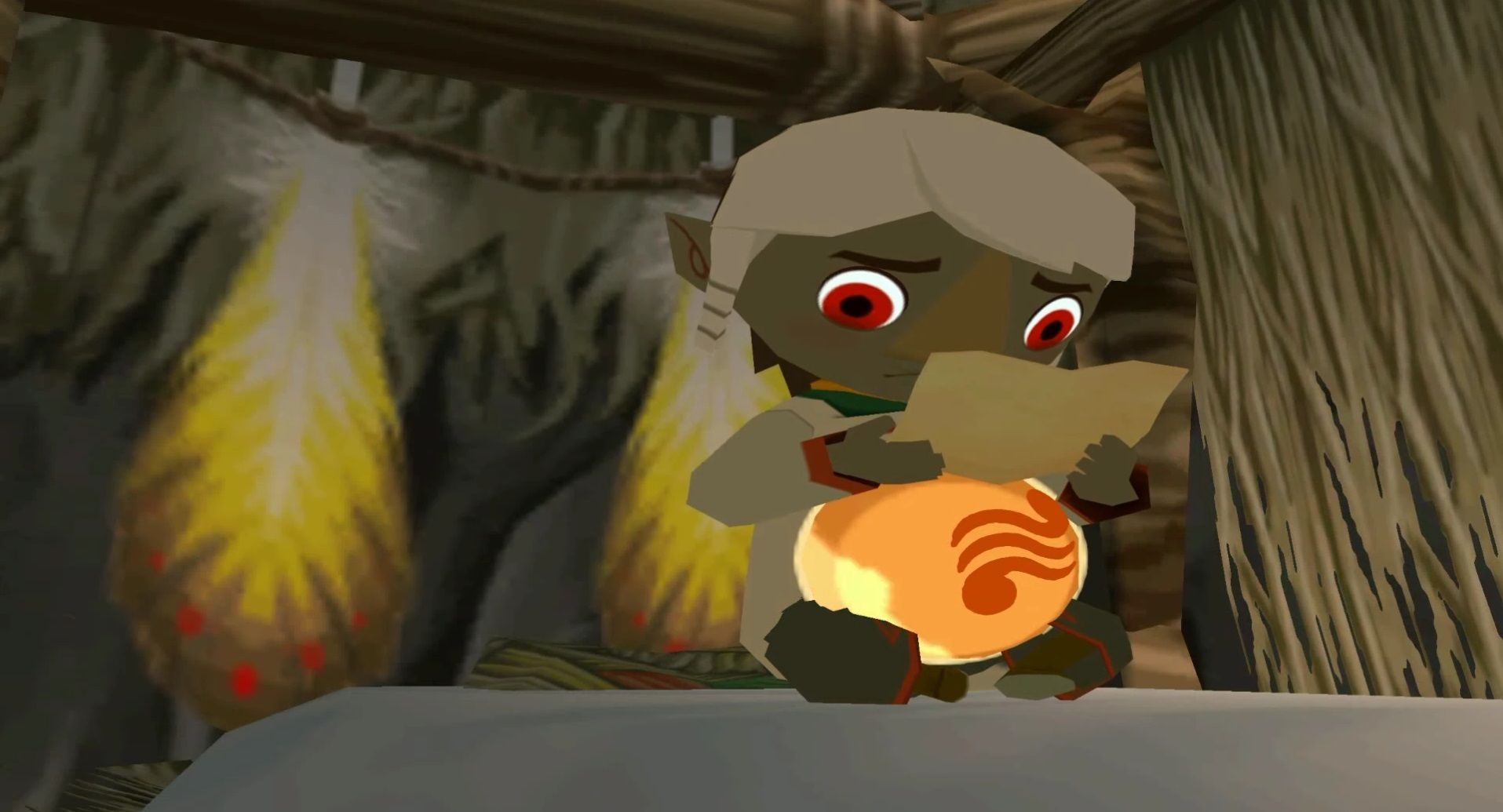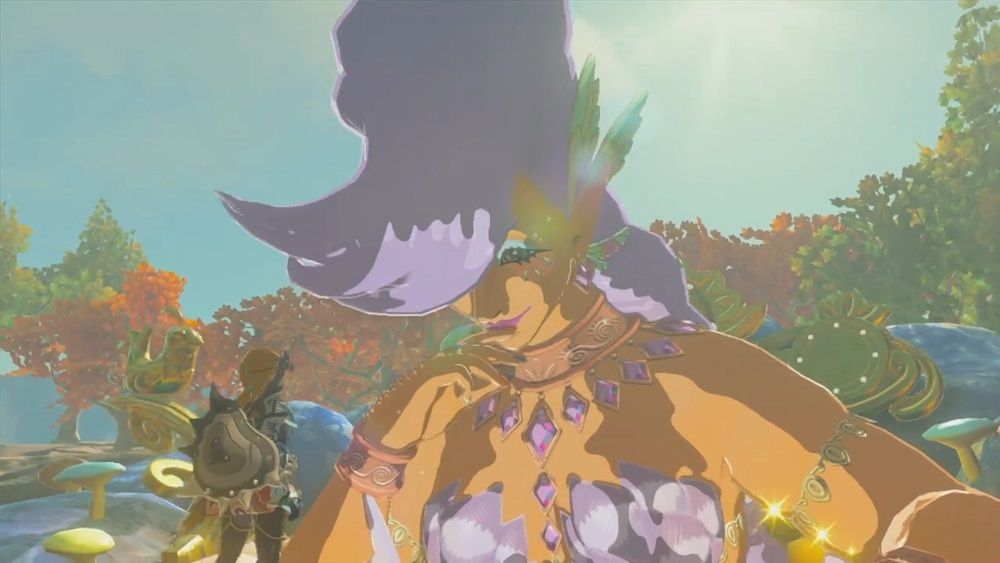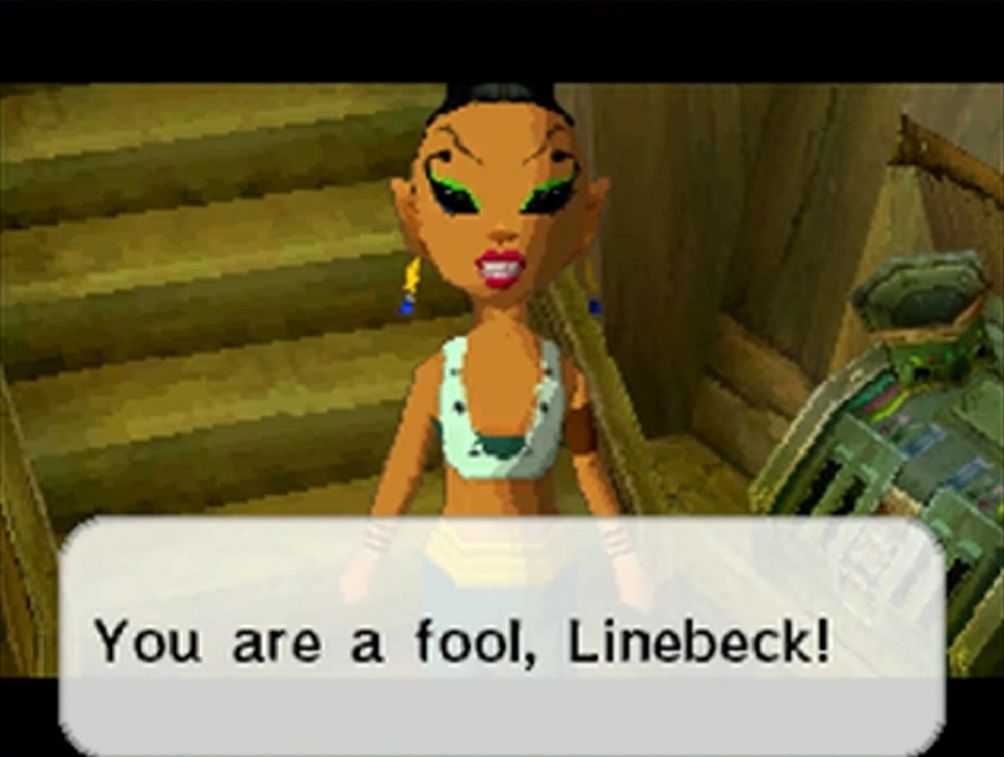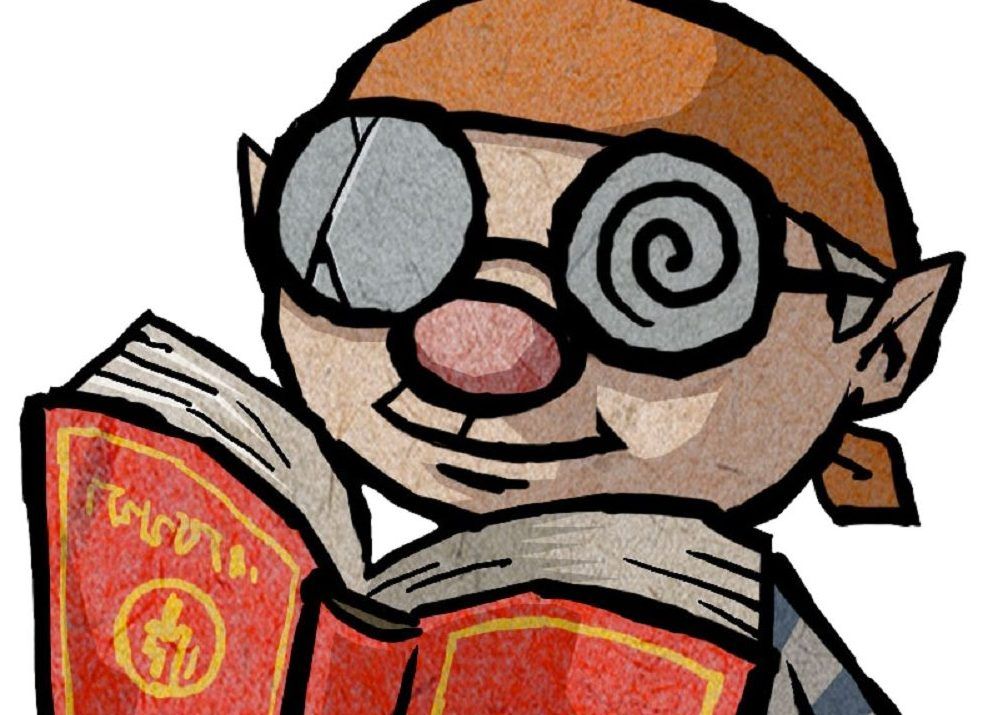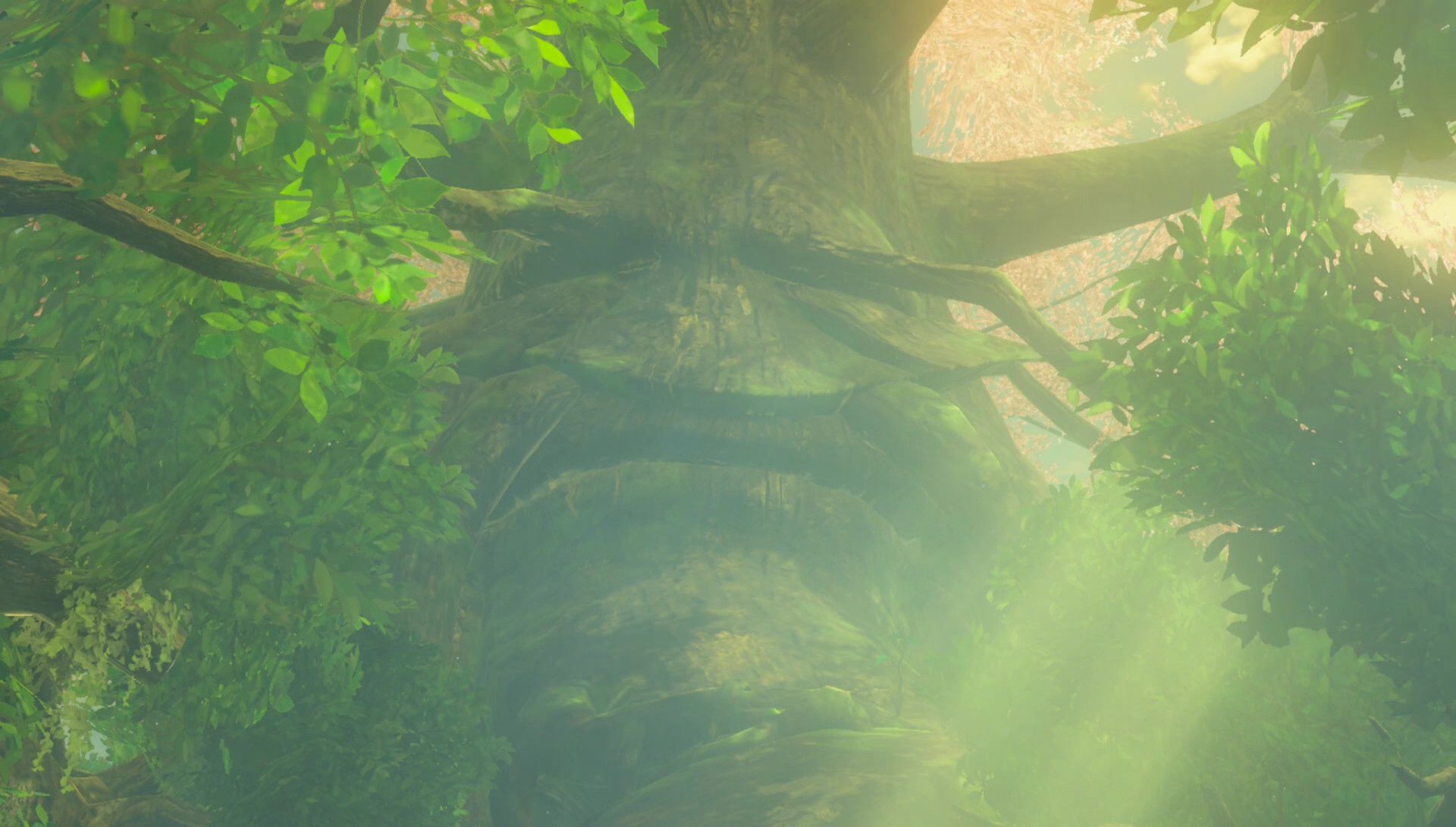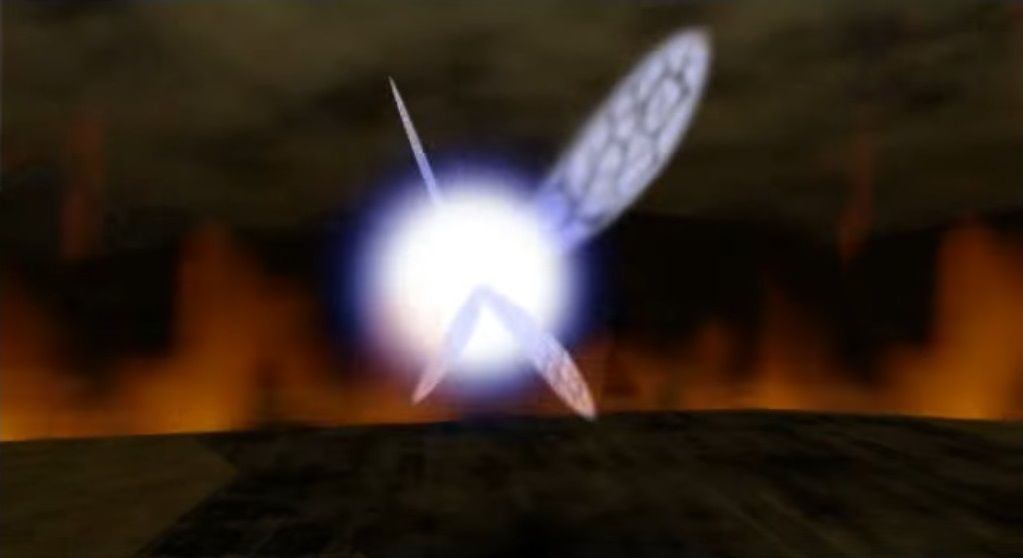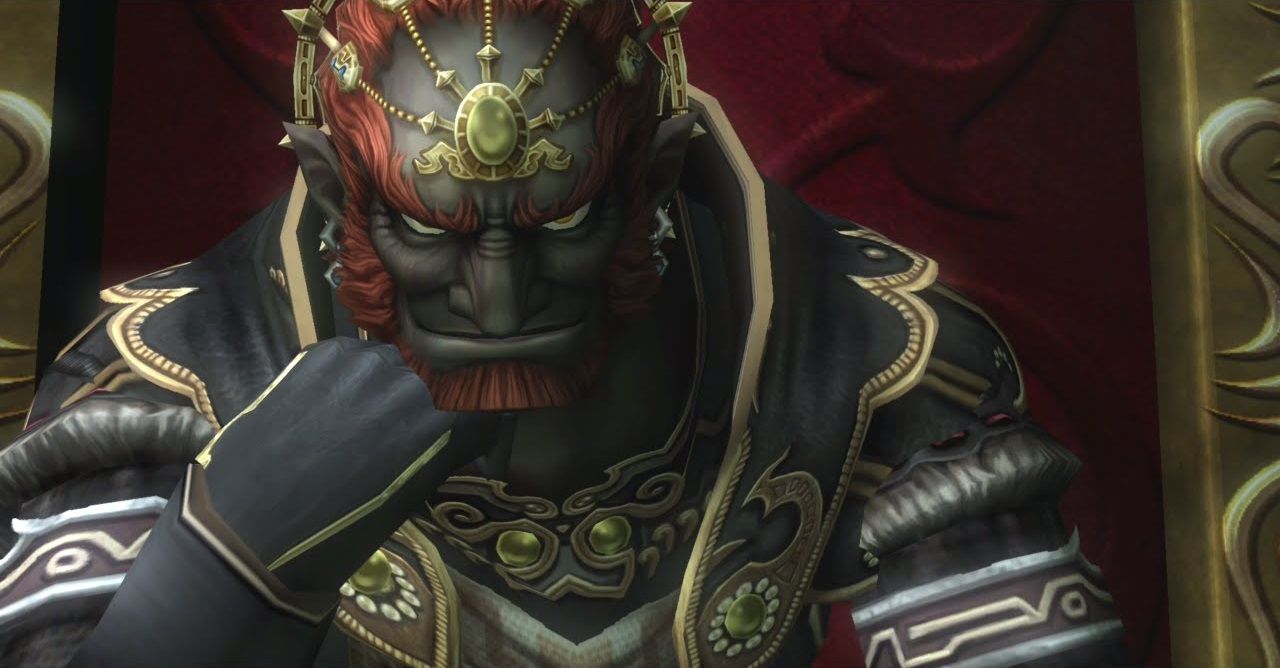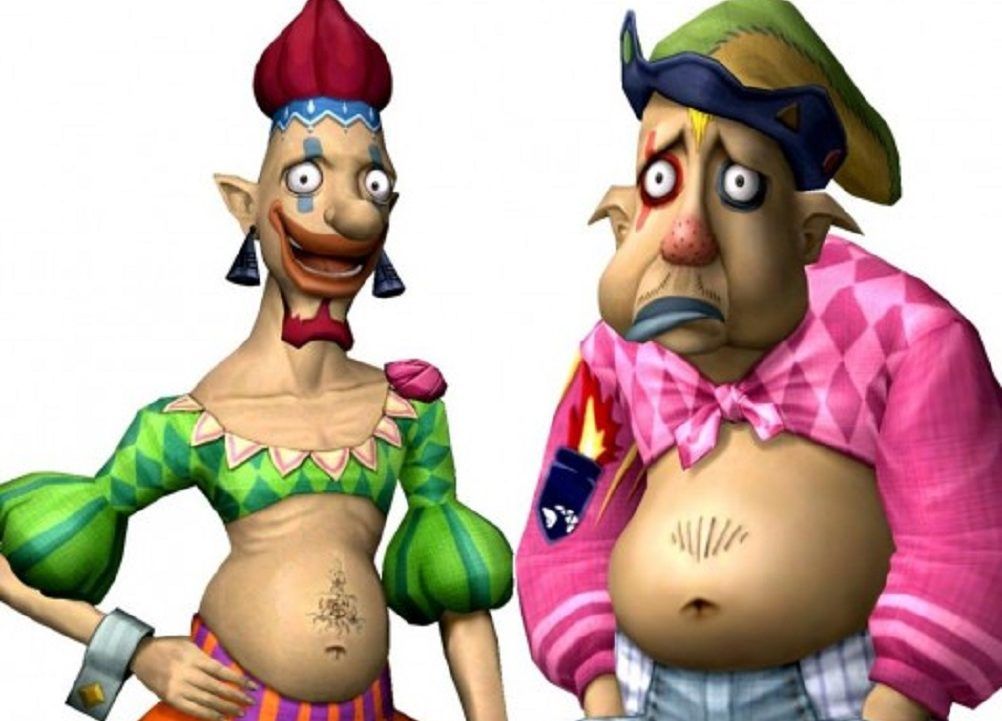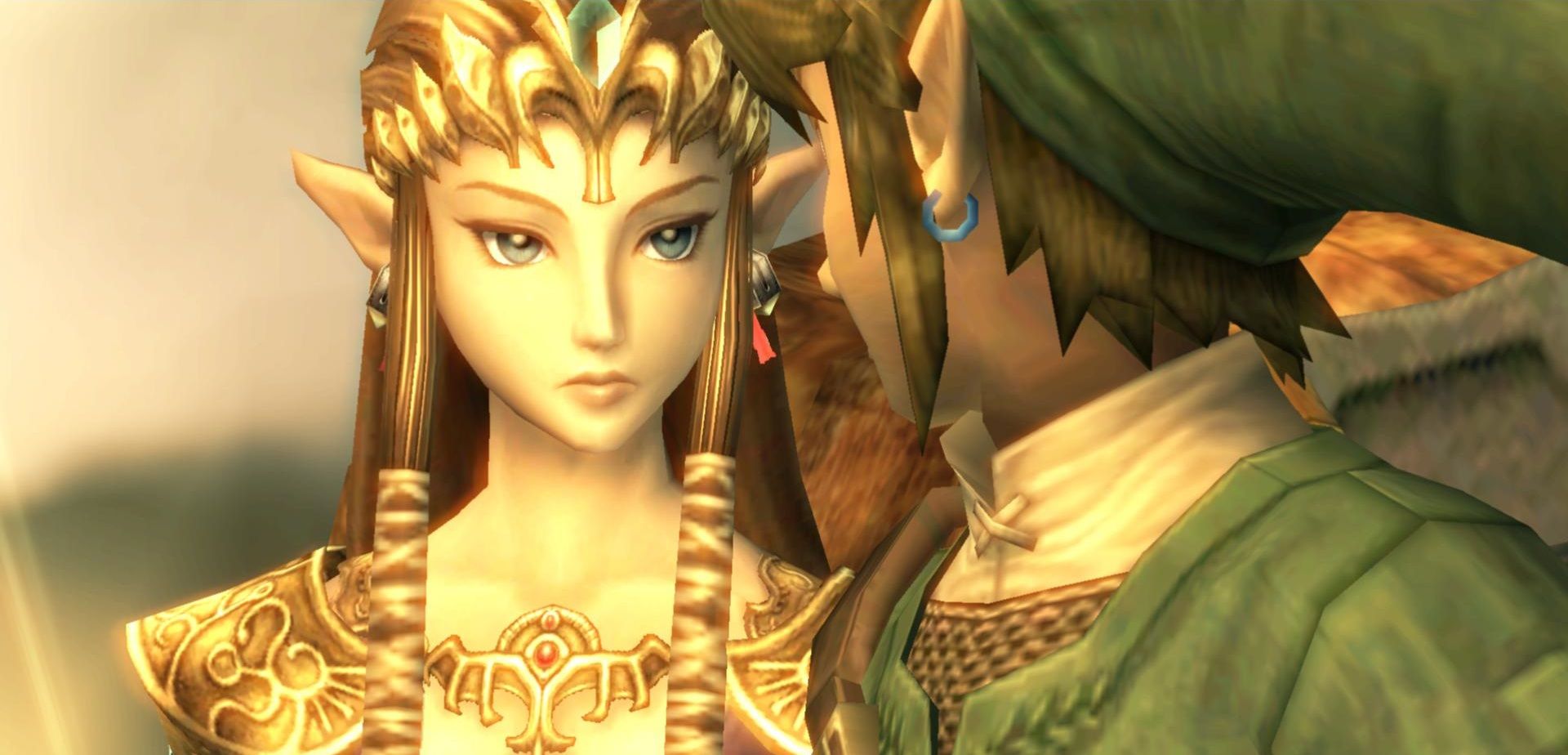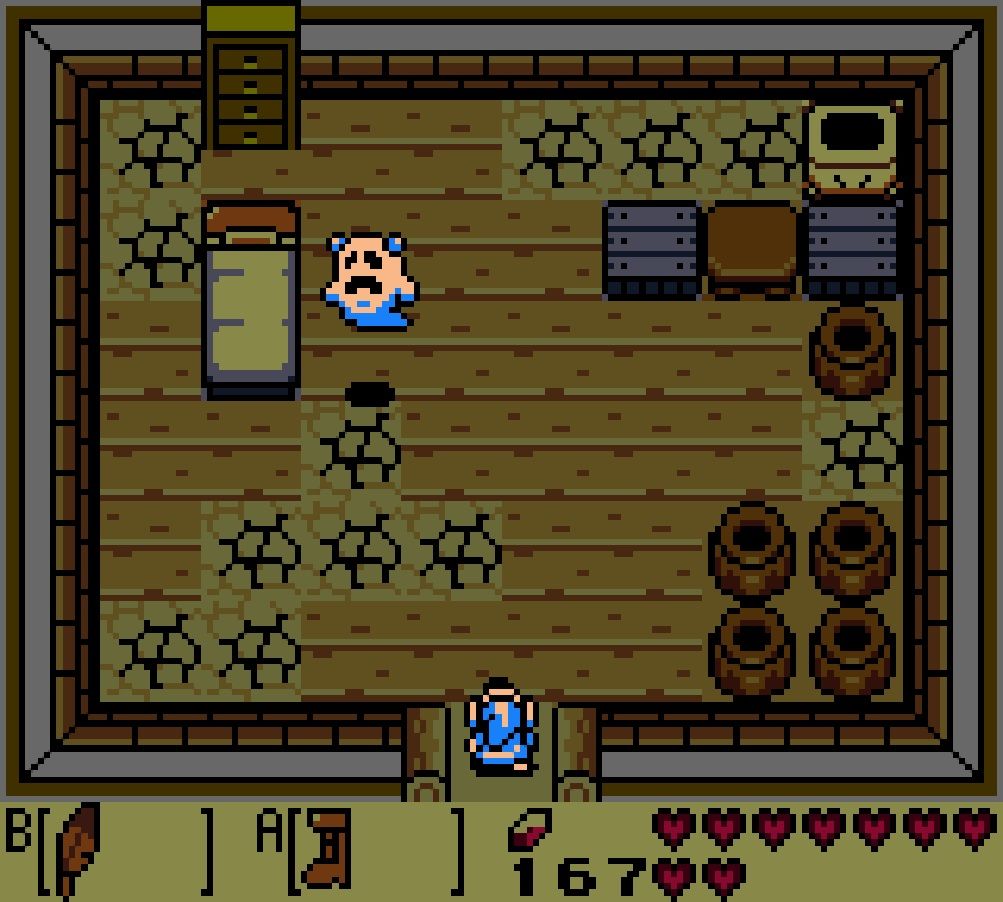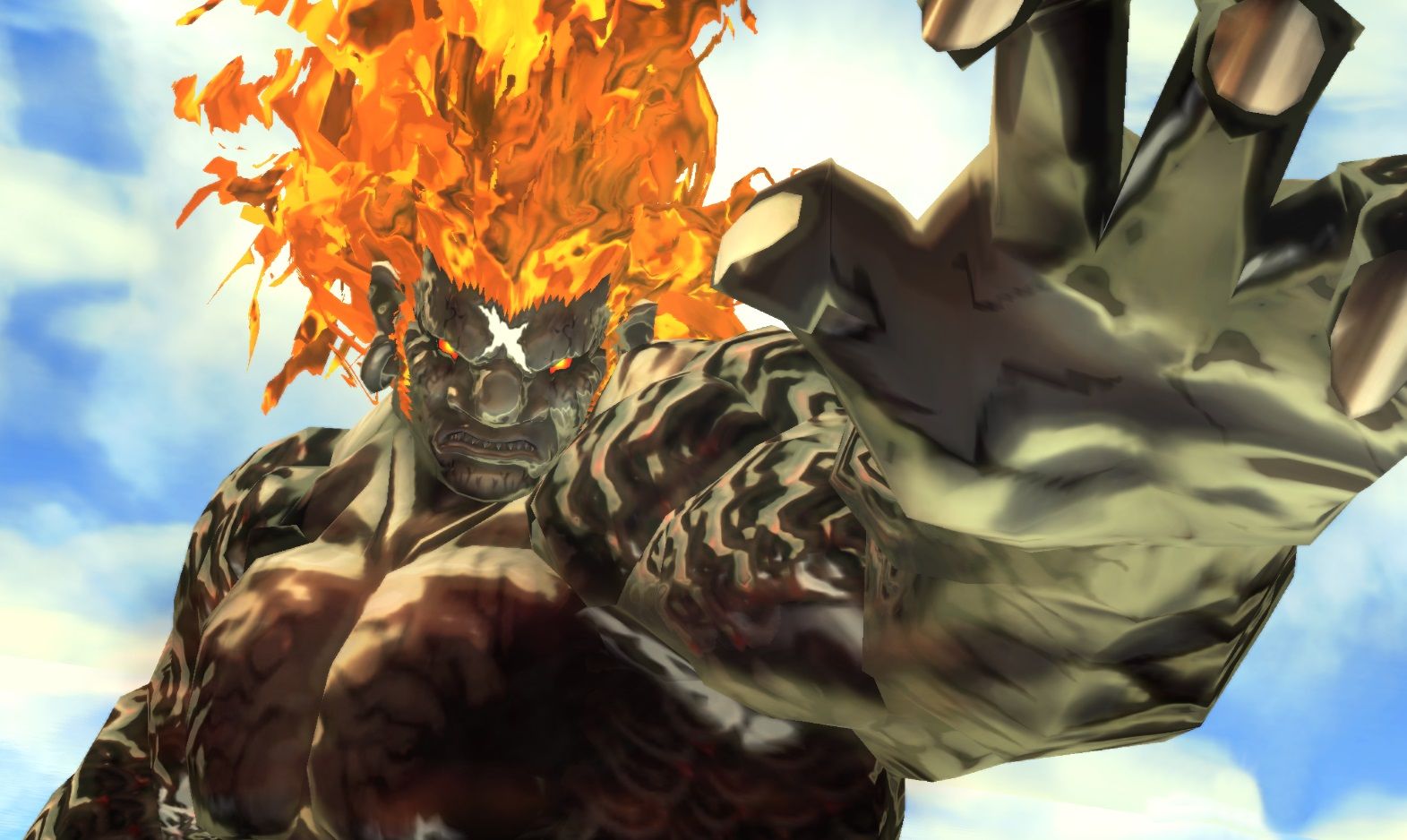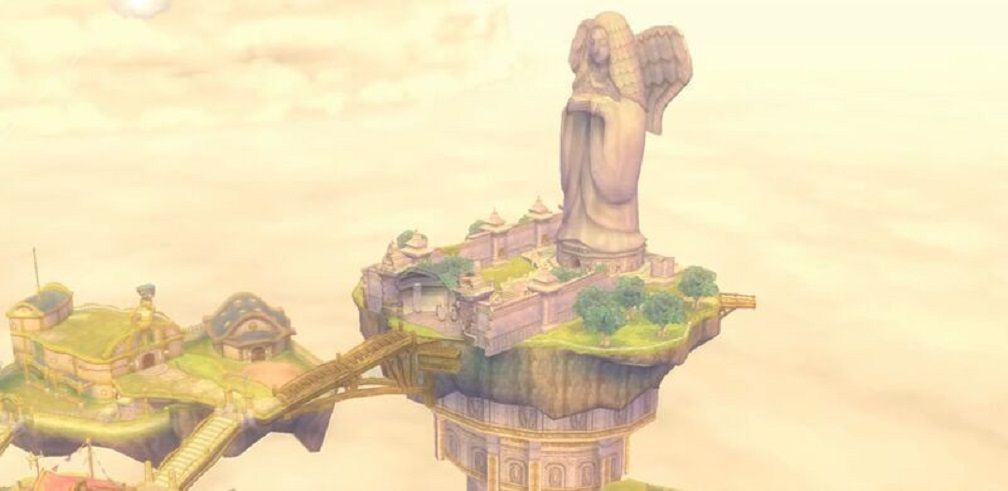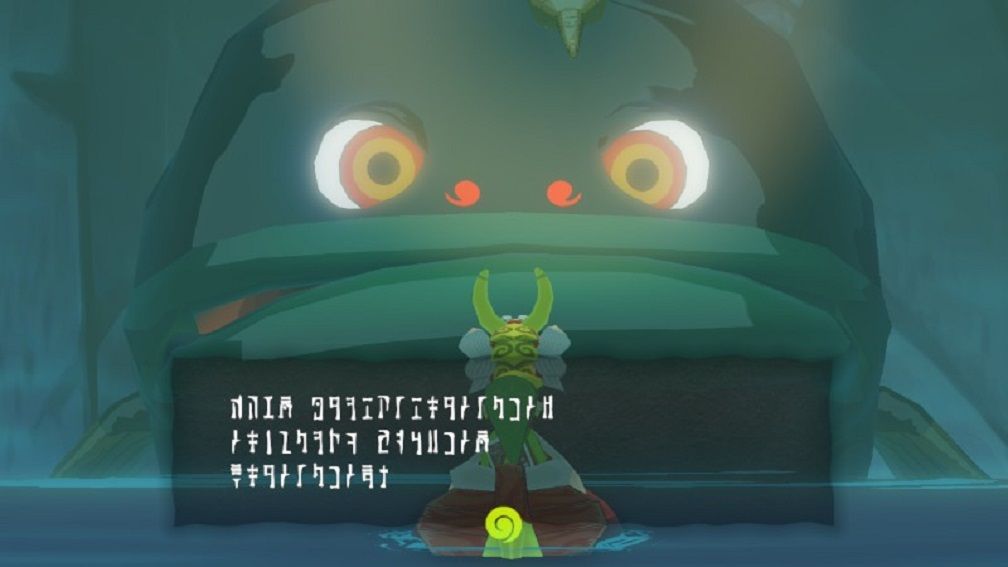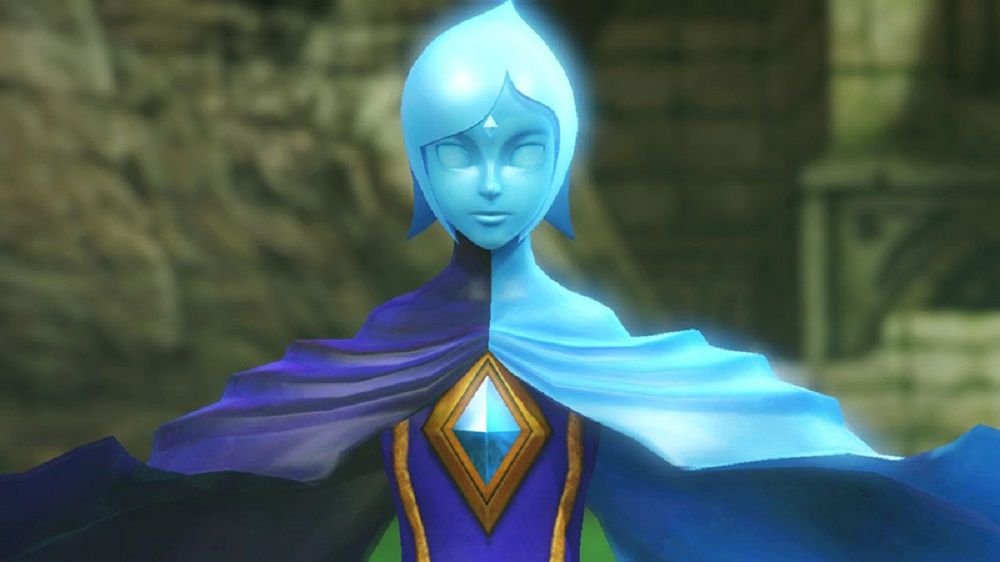The Legend of Zelda has amazing games and stories, but even the best games in the series possess lame characters. Whether they have terrible personalities or awful mechanics, these characters makes their great games worse.
Despite being a single series, The Legend of Zelda generally avoids sequels and instead tells completely separate stories. Because of that, most characters on this list only appear in a single game. However, there are some recurring characters —particularly Link, Zelda, and Ganondorf— who are great in some games and lame in others. While there are multiple Links and Zeldas in the franchise, Ganondorf is a consistent antagonist who appears throughout the franchise due to his near-immortality. Nintendo’s published a timeline (which actually consists of multiple alternate timelines) explaining how Ganondorf survives and how every game fits in the chronology of the Zelda universe.
Many of the characters on this list are lame, but tolerable. On the other hand, there are some are so bad they completely ruined their games. Unfortunately, Nintendo requires you to interact with nearly every character on the list. Some characters are annoying but avoidable; for the most part, however, Zelda’s stories and tutorials revolve around these lame characters. After watching Nintendo develop multiple games and characters in the Zelda franchise, we’ve decided these are the 15 lamest characters in the Legend of Zelda.
15 Zant
Zant is almost a great antagonist. With a creepy outfit and musical motif, Zant haunts the game until you fight him at the Palace of Twilight — where he goes insane and replaces creepiness with silly antics. We learn that Ganondorf has manipulated Zant, giving the latter his incredible power. Instead of using this opportunity to give us two great villains, Nintendo ruins Zant and makes Ganondorf the game’s new villain. Nintendo built a great antagonist and subsequently tore him down, leaving us with an annoying Zant and a disappointing Ganondorf.
Zant’s ending completely contradicts the rest of the game. His calm, cruel demeanor is replaced by frantic movements and childish whining. The level design for Zant’s boss battle is brilliant and dark, but it’s hard to take the battle seriously with Zant dancing around the stage.
14 Komali
The first Goddess Pearl you collect in Wind Waker is clearly visible. Both Nintendo and Komali mock you, with Komali holding Din’s Pearl right in front of you. Komali doesn’t give you the Pearl until you help Valoo, a dragon who Komali should but doesn’t help. Komali is easily the most hypocritical character in the Zelda series: without directly admitting that he isn’t brave enough to face Valoo, he laughs at your bravery and says nobody can calm Valoo. He says you should find someone who can help Valoo, meaning he believes the task is possible but doesn’t believe in Link.
As a whining child, Komali believes other children are equally incompetent and cowardly. Though he becomes a better character, it’s hard to forget Komali’s initial attitude and his choice to put his people—and the world—in danger by avoiding Valoo and refusing to give you Din’s Pearl.
13 The Great Fairies (Breath of the Wild)
The Great Fairies and their Fairy Fountains are normally great rewards. You must explore and solve puzzles in order to locate the Great Fairies. Once you’ve found them, the Fairies reward you with amazing powers or items.
In Breath of the Wild, the Great Fairies have vastly—and negatively—changed. You technically still need to explore to find them, but their locations are obvious. Contained in massive plant bulbs, the Fairies are easy to find. You unlock their powers by paying them and giving them materials, making the Fairies no different from other merchants in the franchise. Usually, Great Fairies help you after unique exploration, puzzles, and quests, but the Fairies in Breath of the Wild aren’t nearly as interesting as their predecessors.
12 Jolene
If you ever spot Jolene’s icon on your map, you need to sail away as fast as you can! Jolene is a challenging foe on both land and sea; if you can’t avoid her on the waves, you must battle her aboard your ship.
Though initially exciting, Jolene quickly becomes one of the most boring, repetitive parts of the game (second only to the Temple of the Ocean King). Her fights never change—even when you’re required to fight her near the end of the game. Having threats within the sea of Phantom Hourglass is great, but not when they’re the exact same threat. With confusing motivations (she both loves and hates Linebeck—and at the end of the game she’s attracted to Link but tries to kill him) and boring mechanics, Jolene is the lamest character in Phantom Hourglass.
11 Mako
Although the six pirates in Tetra’s crew are all minor characters, none are as insignificant or lame as Mako. Mako’s personality is indistinct compared to his companions; while the other pirates are a fascinating combination of arrogant, mean, kind, mature, and childish, Mako is fairly one-dimensional. Mako speaks only about others rather than himself. When you first meet him, Mako explains Niko’s joy in having Link as an underling. On Windfall Island, Mako compliments Gonzo and concludes that Gonzo and Tetra would make a great couple.
To his benefit, Mako is the only pirate who is completely compassionate. However, Nintendo could have made greater use of Mako’s selflessness. With bland dialogue that advances other characters rather than himself, Mako is the most forgettable character in Wind Waker.
10 The Deku Tree (Breath of the Wild)
The Deku Tree is generally wise, kind, and helpful—but the one in Breath of the Wild is the complete opposite. When you first meet him, the Deku Tree recognizes you and implies he’s been waiting for you. Instead of assisting you, however, he refuses to explain who you are. He’s also willing to let you die. If you try to draw the Master Sword before you have enough health, the Deku Tree stops you from dying once but says he won’t intervene the next time.
You’d think an impatient tree would be interesting, but the Deku Tree is annoying. As a tree, he can only help you by speaking—yet he would rather watch you die in front of him than speak out.
9 Navi
Some Kokiri in Ocarina of Time insult Link because he—unlike the other Kokiri—lacks a fairy. As Link’s fairy, Navi wonderfully shapes the beginning of the game. She affects the way Kokiri treat Link, creating one of the most interesting communities in the Zelda franchise.
Unfortunately, Navi’s influence and personality disappear after the beginning of the game; from that point on, she acts only as a tutorial. She yells at players whenever she wants to give you advice. Whether you’re an experienced player or not, Navi forces you to listen to her through annoying sounds—and her advice often isn’t worth the trouble. Gamers and non-gamers alike recognize Navi’s catchphrases (“Hey!” and “Listen!”) because she bugs players with those phrases throughout Ocarina of Time.
8 Ganondorf (Twilight Princess)
Despite having little screen time in all of his games, Ganondorf is nonetheless a captivating antagonist — except for the Ganondorf in Twilight Princess. Ganondorf is usually smart and active despite his indirect evil. He plots how to slowly but surely destroy entire cultures, particularly in Ocarina of Time and Wind Waker. He patiently manipulates his enemies, getting Link and Zelda to collect the Triforce so he may take it from them.
In Twilight Princess, Nintendo replaces Ganondorf’s cunning with power. Instead of strategically seeking the Triforce, Ganondorf simply enjoys being king of Hyrule Castle. He may be waiting for Link like in every other game, but Ganondorf has never met Link and shouldn’t logically know about Link. Instead of being an interesting character who players see throughout the game, Ganondorf waits as a final boss with confusing motivations.
7 Fyer And Falbi
Clowns are terrifying, and Fyer and Falbi are no exception. These clownish characters —who were once part of a circus— are scary, thanks in large part to the dark, “realistic” graphics of Twilight Princess. Through bizarre colors that aren’t found on other characters in the game, Twilight Princess emphasizes the pair’s poorly-applied makeup and their significant lack of clothing. Having varied characters is great, but the clowns feel misplaced and are visually horrifying.
Unfortunately, the game forces you to interact with the clowns. Fyer and Falbi run a tourist attraction in Lake Hylia that, due to illogical world-building, requires you to pay the clowns in order to exit the lake. You can only leave by paying Fyer to shoot you out of a cannon—something I doubt many tourists would enjoy doing.
6 Zelda (Twilight Princess)
Princess Zelda is usually a great character.
As a princess and warrior, Zelda defies the damsel-in-distress trope by defending her kingdom and often helping Link defeat Ganondorf in combat. In Twilight Princess, Zelda maintains some of these characteristics yet is a far less powerful and far less interesting character. She spends almost the entire game trapped in a castle, undoing the progress Nintendo had made for the character up to that point. Even when she joins the battle against Ganondorf, Zelda feels weirdly underpowered—particularly since she is absent from the very end of the battle. Zelda may still wield spells and a bow, but she’s weirdly absent in a franchise that should focus on both Link and Zelda. She’s fortunately regained her strength in recent games, but Twilight Princess was a devastating game for Princess Zelda.
5 Nakura
Early Zelda games are known for having little to no directions. While that annoys some players, many gamers appreciate how Nintendo challenges and trusts players. However, no player can enjoy Nakura. This infuriating ghost (who lacks a name in Link’s Awakening but is identified as Nakura in the manga based on the game) follows you until you travel to his home and then to his grave. You’re given few instructions and no directions, causing some players to waste hours helping Nakura.
Unfortunately, you’re required to help Nakura. You cannot enter the next dungeon with the ghost. Instead of enjoying the dungeons and adventures that make Zelda great, you must help an uninteresting and visually nauseating ghost who flashes across the screen until you help him.
4 Demise
As an antagonist who only shows up at the end of Skyward Sword, Demise can barely be considered a character. With little dialogue and even less personality, Demise is a simplistic villain designed solely to be a final boss — as well as a terrible explanation for Ganondorf’s multiple appearances in the Zelda universe. Demise —who bears an uncanny resemblance to Ganondorf— explains at his death that he will constantly be reborn and will always seek the Triforce, in addition to enacting vengeance on Link’s and Hylia’s descendants. This almost definitely points to Ganondorf as a reincarnation of Demise; Ganondorf always opposes Zelda (the reincarnation of Hylia) and every Link he’s ever fought.
Nintendo had no reason to explain the multiple “incarnations” of Link, Zelda, and Ganondorf — we as players already accepted the franchise’s formula and suspended our disbelief for the recurring characters. Demise is a failed attempt to explain Ganondorf’s power and birth (and rebirth in Four Swords Adventures). In order to unite past and future games, Nintendo made a lame excuse for why they will always make Ganondorf the antagonist with the Triforce of Power.
3 Hylia
While Demise adds terrible lore to the Zelda universe, Hylia nullifies wonderful lore. The three Golden Goddesses (Nayru, Din, and Farore) are praised in the majority of Zelda games, but Skyward Sword contradicted the goddesses by introducing Hylia at the chronological beginning of the series. Instead of maintaining the great backstory established in Ocarina of Time, Nintendo created a singular goddess who watches over the Triforce for the Golden Goddesses.
The Triforce is supposed to be a mysterious power left behind by the goddesses. Hylia removes this mystery by controlling who receives the Triforce. While Demise (Ganondorf) always steals a third of the Triforce, Hylia always grants one piece to her chosen hero (Link) and one to herself (Zelda). Hylia is always reborn as Zelda, turning the Triforce from a great treasure into a gene.
2 Jabun
Jabun’s gift, Nayru’s Pearl, is a great reward, but the quest to find Jabun is terrible. Instead of testing players with a difficult dungeon for the third and final Goddess Pearl, Wind Waker has players sail all the way across the world — three times! After missing Jabun at Greatfish Isle and acquiring Bombs at Windfall Island, you return to Outset Island. This quest is somewhat adventurous but mostly boring, for you spend most of your time sailing from one point to another. Nintendo ends the simplistic quest with an equally simple boss: a wall. Instead of solving puzzles or fighting monsters, you shoot Bombs at an immobile wall. Jabun waits inside and speaks a few words in Hylian before giving you the Pearl, making Jabun an almost nonexistent character who you only find after wasting multiple hours at sea.
1 Fi
Fi’s sounds may be less annoying than Navi’s, but Fi’s advice is far less helpful —and far less avoidable— than any other companions. Whenever you enter a new area, acquire a new item, or sometimes just finish a cutscene, Fi speaks to you through inescapable dialogue. She explains things you already know as if you’re the most unobservant, unintelligent player in the world. The game already explains how to use items whenever you get them, but Fi nonetheless repeats those instructions right after you’ve heard them. Nintendo should have trusted players instead of holding their hands throughout Skyward Sword, particularly when the company created Fi. As an unhelpful, unemotional robot who constantly speaks to you, Fi is the lamest and most frustrating character in The Legend of Zelda.

